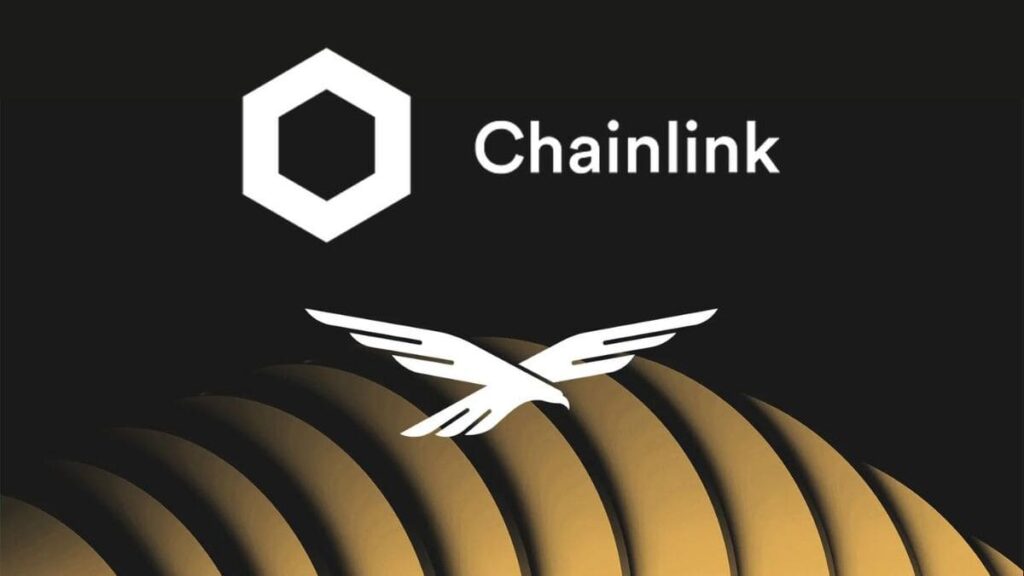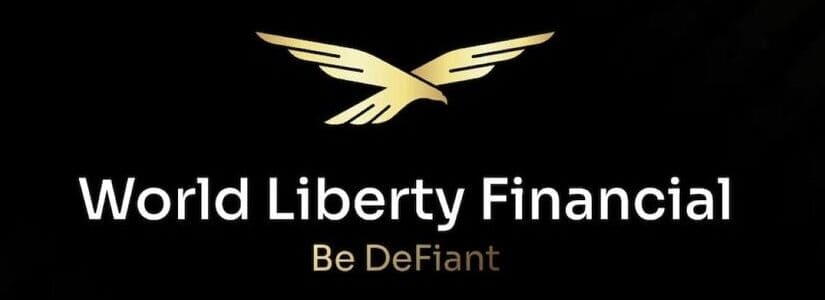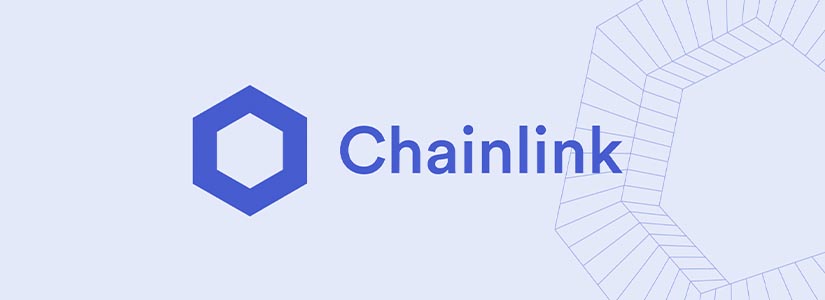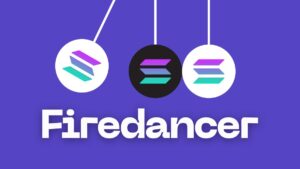TL;DR
- World Liberty Financial enabled its stablecoin USD1 to operate across multiple blockchains through integration with Chainlink’s CCIP.
- The CCIP integration enhances security in cross-chain transfers, a long-standing issue that has caused nearly $3 billion in losses.
- USD1 reached close to $2 billion in market capitalization. Its interoperability will help bridge traditional and decentralized finance and expand its usage.
World Liberty Financial made its stablecoin USD1 functional on several blockchains thanks to an integration with Chainlink’s Cross-Chain Interoperability Protocol (CCIP).
This connection allows USD1 to move freely across different networks, overcoming the limitation of operating within isolated ecosystems. Ethereum and BNB Chain are the first blockchains supported, with more expected to join soon.
The CCIP integration also tackles a critical issue in the stablecoin market: security in cross-chain transfers. Historically, vulnerabilities in cross-chain bridges have caused losses approaching $3 billion. World Liberty Financial and Chainlink emphasize that Chainlink’s infrastructure provides the necessary security level to protect these transactions and reach millions of users across diverse ecosystems.
USD1 has grown significantly since its launch, reaching a market capitalization near $2 billion. The stablecoin backs its value with short-term U.S. Treasury bonds and fiat reserves managed by BitGo Trust. However, USD1 remains far from the largest stablecoins like Tether and Circle, which hold market caps of $151 billion and $60.6 billion, respectively.
World Liberty Financial: Connecting Financial Ecosystems
Additionally, USD1 played a key role in a major investment by facilitating the closing of a $2 billion contribution from MGX to Binance. The collaboration with Chainlink built on previous work, where Chainlink’s price oracles supported the deployment of a DeFi protocol, Aave v3.
World Liberty Financial’s leaders see interoperability as essential to integrate traditional finance with decentralized finance. They believe this merging will form the foundation of the future financial system, where both models coexist and complement each other. Making USD1 operable across multiple blockchains via CCIP aims to accelerate this convergence.
This development will ease USD1 adoption, improve usability, and enhance security in the stablecoin market. It will eliminate some cross-chain operation limits and provide better tools for both users and businesses












